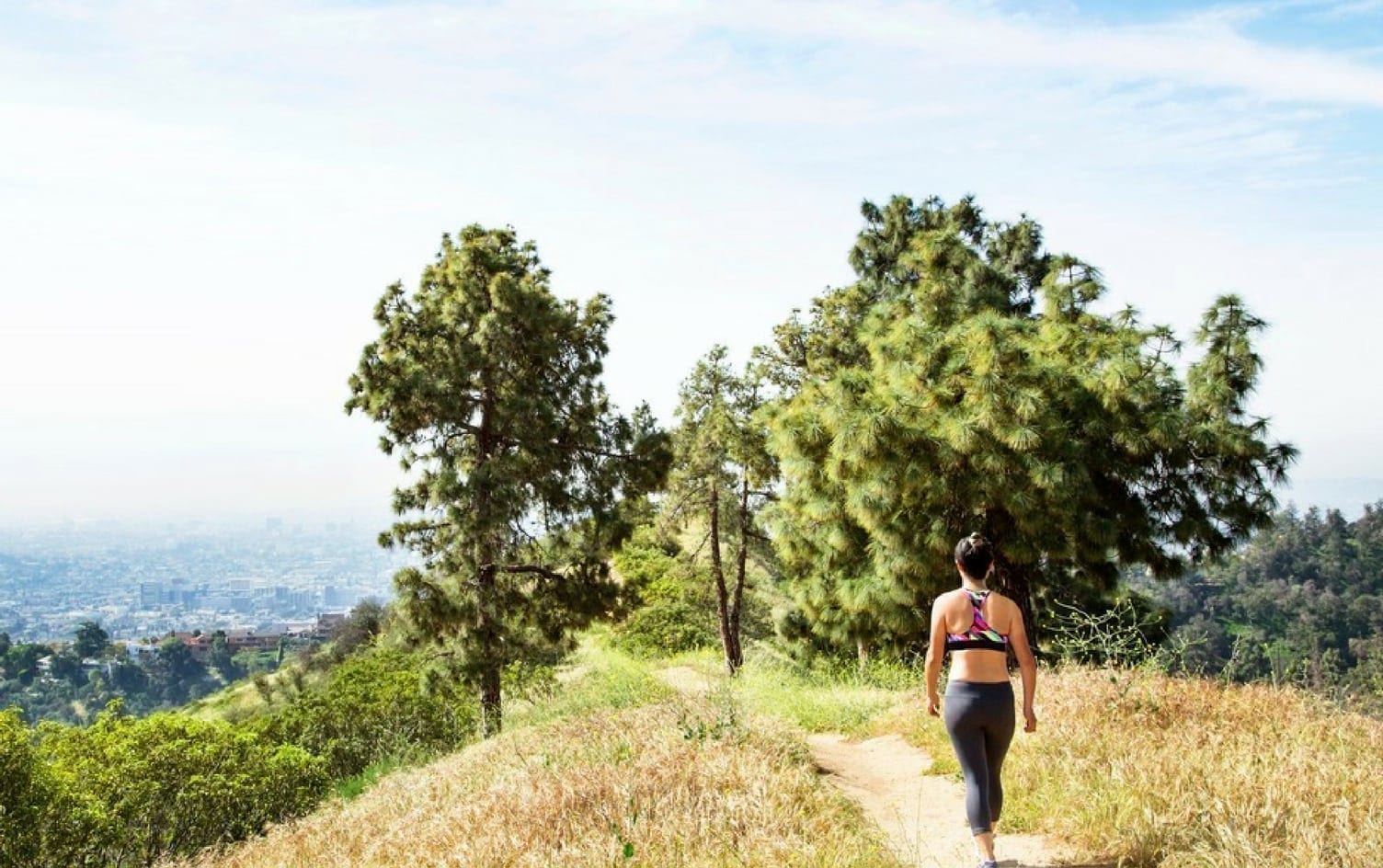Whether you’re coming off an injury or just want to shed a few pounds, walking is a great low-impact activity for anyone looking to get in shape. But, to get the most from your walking workout, you’ll need to do a little more than put one foot in front of the other.
Follow these seven tips for improving your walking workout to burn more calories and build your overall fitness:
STRENGTH TRAIN
Strengthening your arms, legs and core can help you speed up your pace and increase the distance per workout. If you don’t walk every day, try including weight training on the days in between your walking days to boost your overall fitness.
Alternatively, you can also try including hand, wrist or ankle weights for resistance training during your walk. This can help build strength and increase the difficulty of your workout. Just keep in mind that if you aren’t experienced with using weights, start light to avoid injury and only include resistance training a few days per week until your body adapts to the additional stress.
USE TECHNOLOGY
Using a pedometer or other fitness wearable is a good way to keep track of things like speed, distance, calories burned and the number of steps taken during a workout. This can help you track your progress as you work toward your fitness goals.
These devices can also be a good way to challenge yourself against your past workouts. Every so often choose a metric from a previous workout and try to beat it. Aim for a higher step count, average speed or attempt to burn more calories. These mini goals eventually help you reach your larger goals while also keeping your workouts fresh and preventing boredom.
TAKE MORE STEPS
The more steps you take, the more calories you’ll burn. Since longer steps lead to injuries and place more stress on your legs and joints, aim to take shorter, faster steps during your workout. This helps you build your speed and efficiency while also improving your form.
In addition, wear your pedometer or fitness tracker even when you’re not working out and see how many steps you can take per day. Taking the stairs instead of the elevator or walking to complete short errands instead of driving can help supplement your workout and build fitness faster.
CHANGE YOUR TERRAIN
Walking the same route around the neighborhood can lead to mental fatigue and eventually a plateau in your progress. Instead, try switching up your routine a few times per week. Seeking local trails, hills or driving to a different part of town for different routes helps you use different muscle groups and improve your strength. Local bike paths, canals and even the perimeter of a golf course at night are good options to switch things up.
STRETCH
While stretching is a big part of many runner’s workout regimens, it’s often overlooked by beginning walkers. As it is with running, a dedicated stretching routine can help you recover faster, prevent injuries and improve your range of motion.
In addition to these stretches, you can also add foam rolling, dynamic stretches with resistance bands and massage balls for trigger points.
GO BACKWARD
Also known as retro walking, walking backward can be a good way to build quadriceps strength and prevent muscle imbalances. Keep in mind that it can be dangerous to do this on the sidewalk or street where you could trip and fall. Instead, retro walking is best done on a track, where the surface is predictable, or on a treadmill indoors. For an added challenge, set the incline on the treadmill up a few notches, which bumps up the burn on the quads.
ADD INTERVALS
Speeding up your walk is a good way to keep your workout interesting while challenging yourself. You’ll also burn more calories and allow yourself to adapt to a faster pace. To get started, every 5 minutes of your walk, try to speed up for 30–60 seconds. Walk for another 5 minutes and repeat for as long as you can tolerate. Slowly increase your interval time until the majority of your walk is at a faster pace.




